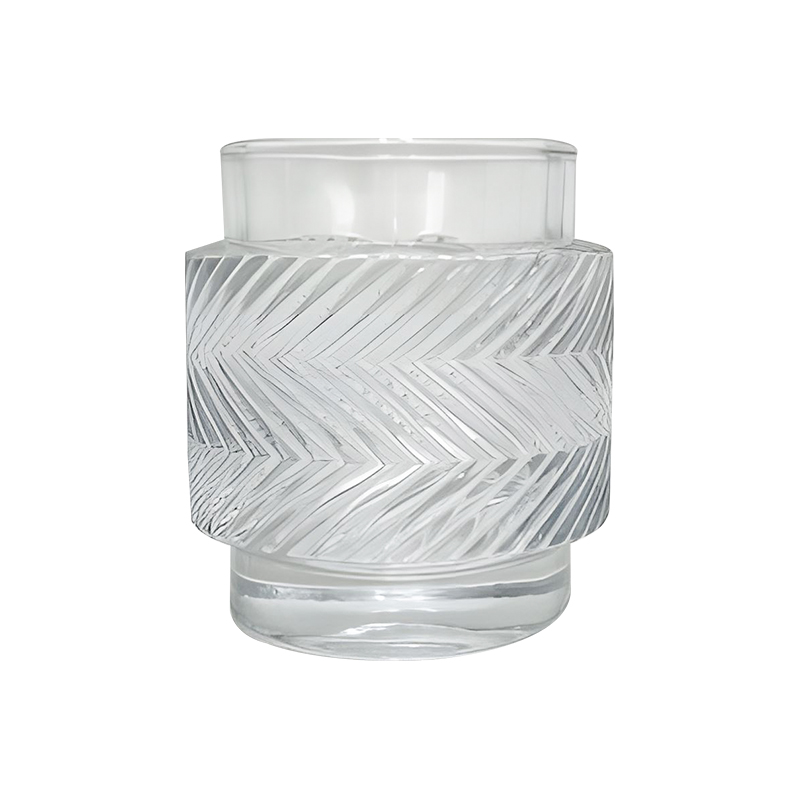What are the challenges in designing and producing a CANDLE STICK?
Designing and producing a candle stick (whether for decorative, functional, or financial visualization purposes) involves several challenges that span material selection, manufacturing processes, market demands, and technical considerations. Below are the key challenges in designing and producing a candle stick:
Material Selection Challenges
Performance vs. Cost Balance
Selecting materials that balance performance (burn time, flame stability, scent release) with cost is a major challenge. For example:
Paraffin Wax : Inexpensive but may produce soot and harmful emissions.
Beeswax/Soy Wax : Eco-friendly but more expensive and harder to source.
Sustainability Concerns
Consumers increasingly demand eco-friendly products. Finding renewable, biodegradable materials (e.g., soy wax, coconut wax) that still meet quality standards can be challenging.
Compatibility with Additives
Adding fragrances, dyes, or other additives can affect the wax's melting point, texture, and burning properties. Ensuring these additives blend seamlessly without compromising performance is critical.
Manufacturing Process Challenges
Precision in Molding and Pouring
Achieving consistent shapes, sizes, and surface finishes requires precise control over the molding and pouring process. Variations in temperature, viscosity, or cooling rates can lead to defects like cracks, air bubbles, or uneven surfaces.
Automation vs. Handcrafting
While automation increases efficiency and reduces costs, it may sacrifice the uniqueness and craftsmanship of handmade candles. Striking a balance between mass production and artisanal appeal is a challenge.
Quality Control
Ensuring uniformity in burn time, flame height, and scent release across batches is difficult, especially when scaling up production. Small variations in wick placement or wax composition can significantly impact performance.
Design Challenges
Aesthetic Appeal
Modern consumers expect candles to be visually appealing, with unique shapes, colors, and textures. Designing innovative and attractive candle sticks while maintaining functionality (e.g., even burning) is a creative and technical challenge.
Customization Demands
Personalized candles (e.g., engraved designs, custom scents, or themed shapes) require flexible manufacturing processes. Meeting these demands without increasing production complexity or costs is difficult.
Safety Considerations
The design must ensure safe use. For example:
Preventing excessive dripping or flaring during burning.
Ensuring the container (if used) is heat-resistant and stable.

Technical Challenges
Burn Performance Optimization
Achieving an optimal burn involves balancing:
Wick size and type: Too large or small a wick can cause smoking, tunneling, or uneven burning.
Wax formulation: Different waxes have varying melting points and combustion characteristics.
Fragrance Stability
Fragrance oils can evaporate or degrade during production or storage. Ensuring consistent scent release throughout the candle's life requires careful formulation and testing.
Temperature Sensitivity
Candles are sensitive to environmental conditions. High temperatures can cause deformation, while low temperatures may lead to cracking. Designing candles that withstand these variations is a challenge.
Market and Consumer Challenges
Meeting Diverse Preferences
Consumer preferences vary widely by region, culture, and occasion. For example:
Religious candles may need specific symbols or colors.
Luxury candles require premium packaging and high-quality materials.
Competitive Pricing
Balancing affordability with quality is essential, especially in a crowded market. Lower-cost alternatives often compete directly with higher-end products.
Regulatory Compliance
Candles must comply with safety and environmental regulations (e.g., ASTM, REACH, or FDA standards). Ensuring compliance without increasing costs is a significant hurdle.
By overcoming these challenges, manufacturers and designers can create high-quality, innovative, and sustainable products that meet consumer expectations and regulatory standards.


 English
English Español
Español












